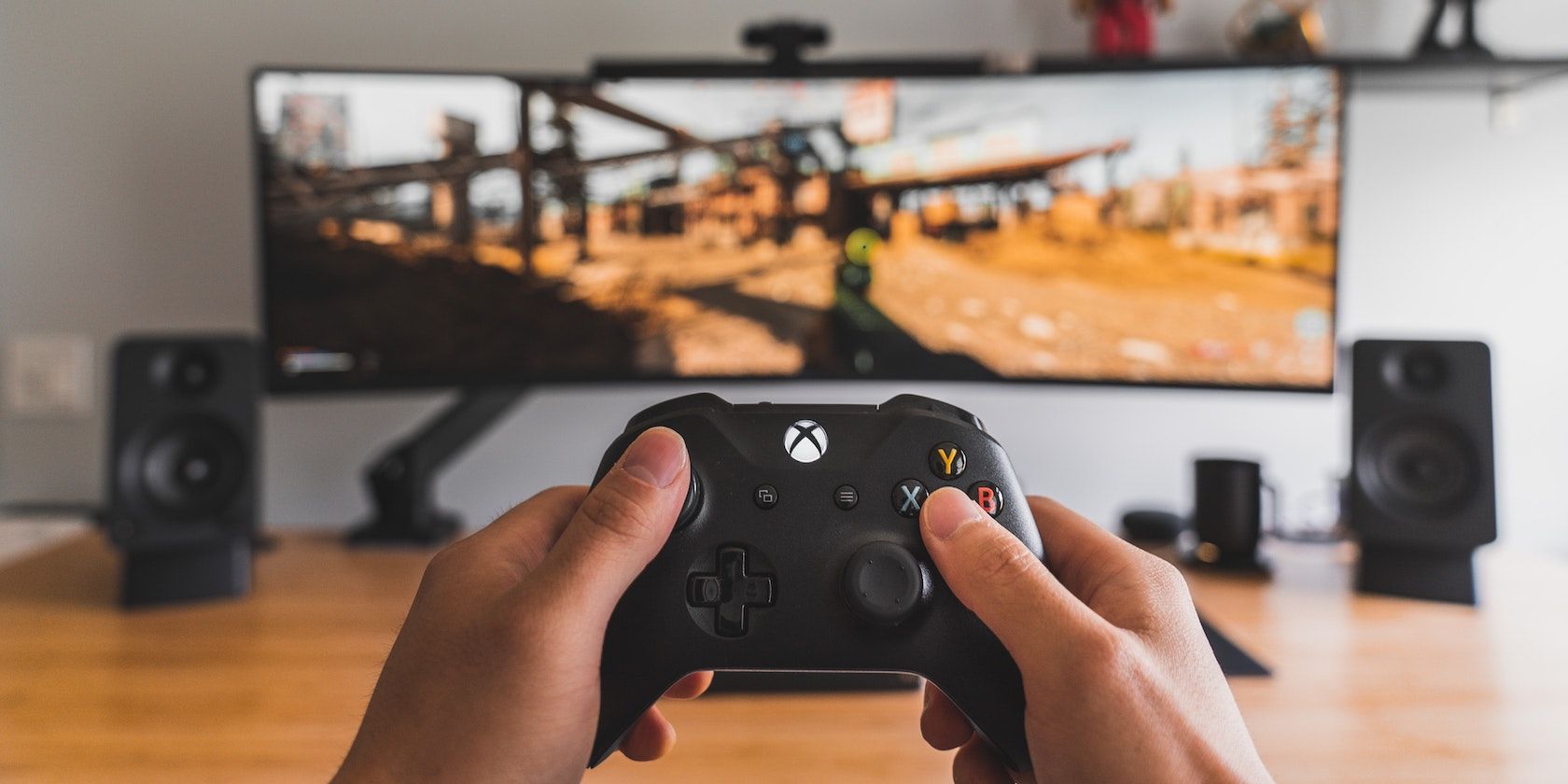Difficulty in video games is incredibly subjective from player to player. And, it's not exactly one-size-fits-all; you could find one genre of game easy and find another difficult.
However, it's important to define what video game difficulty is and the ways in which developers balance difficulty.
What Is Video Game Difficulty?
Video game difficulty is a hard thing to objectively define.
You could define video game difficulty as a measure of which a game fairly challenges the gamer relative to their skill level.
But perhaps a more accurate definition could be the way in which a game communicates what it wants you to do and how it wants to you do it, relative to your skill level.
To the gamer, video game difficulty can appear in the form of presets (more on this later) such as in-game difficulty settings, for example.
But this is also the game's way of communicating the level of challenge it will present between you and completing its goals.
Kill this boss with the weapons you have. Here’s its move set, learning it might help you out. Oh, and it deals a ton of damage because you’re on “hard” mode—have fun!
Video game difficulty is another way in which a game keeps the player engaged.
How Does Video Game Difficulty Work?
So, how do video game developers adjust the difficulty level in their games to ensure you're getting a fair challenge?
Developers can tweak a number of parameters within their game to make it more or less challenging, such as enemy health, enemy damage, enemy frequency, player damage, frequency of items, adding/removing game mechanics, increasing/decreasing reaction windows, etc.
In order to give the player a constant challenge relative to their skill, developers have a number of options, but two key ones we'll focus on are difficulty presets and dynamic video game difficulty.
Video Game Difficulty Presets
The most recognizable way developers can tweak a video game's difficulty is through preset difficulty parameters. This is the 'easy', 'medium', 'hard', and other modes you'll see before you start a game.
Even though a game traditionally gets more difficult as you progress—as it takes into account that your skill is improving and so increases the challenge—difficulty presets offer players relatively easier or harder start and endpoints.
This can involve adjusting enemy health and aggression, item/ammunition quantity, and changing the placement of enemy types, amongst other things with each preset.
There can also be unique additions to different difficulty presets, such as a new game mechanic. For example, choosing Hardcore difficulty in the Resident Evil 2 remake disables auto-saves and introduces ink ribbons, which means you have a finite number of saves.
You can also play games with automatic difficulty presets. For example, you can't select your difficulty in Dark Souls. But after you beat the game, you can play New Game + (more "+"s add on with each successive playthrough) which increases enemy health and damage as well as how many souls they drop.
Dynamic Game Balancing
A second way developers can give players a constant challenge is through using dynamic difficulty adjustment techniques.
What this means is that the game will adjust its difficulty parameters on the fly depending on how well you're doing. This is to help keep you engaged as a game that's too easy might feel unfulfilling and a game that's too hard might put you off out of frustration.
A stellar example of this is Alien Isolation, which uses largely unscripted artificial intelligence (AI) for the alien that's hunting you throughout the majority of the game. While Alien Isolation does have difficulty presets, the way it implements its alien AI is ingenious.
Essentially, the game uses certain criteria to monitor how "scared" the player is at any given point and adjusts the alien AI accordingly. In addition to this, the game unlocks different behaviors for the alien both at set points in the game and based on your behavior as the player.
This way Alien Isolation can maintain a level of tension that keeps you both engaged and on edge, all without making the game too scary, comfortable, or predictable.
Good Video Games Deserve Fair Video Game Difficulty
Video game difficulty can be an incredibly tricky part of video game design to get right. It requires balance, solid gameplay systems, and, above all, to be fair to the player, regardless of how challenging it is.
Good video games that want to challenge you deserve a certain level of care in their difficulty. At the end of the day, video games should be tough to beat, not tough to play.

